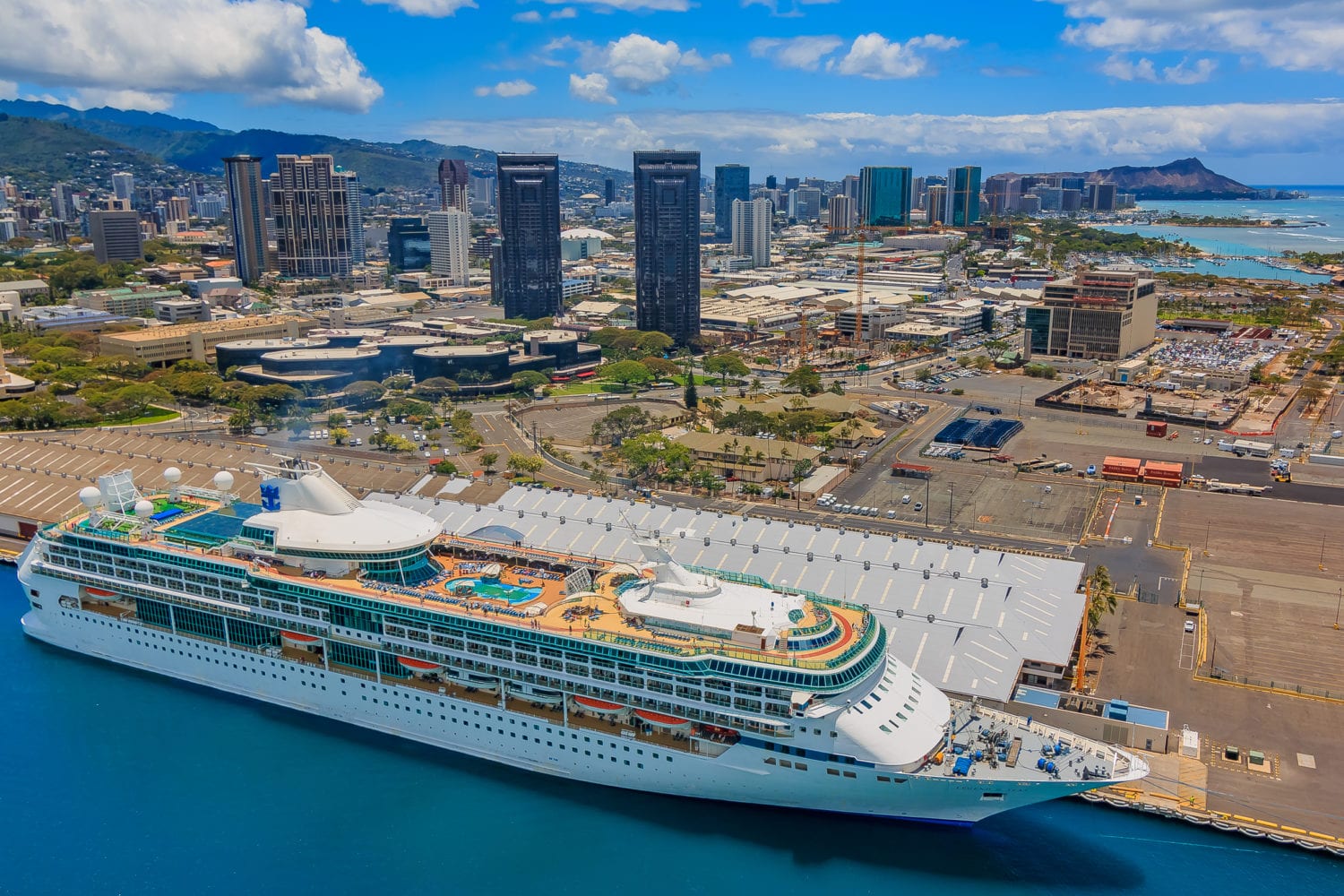Montana inspects boats to ‘ensure they’re not transporting invasive mussels’

Montana has the advantage of being a headwater state in its fight to keep aquatic invasive species out of its waterways, but state officials inspect boats and monitor the state’s waters to prevent problems.
The state has not recorded the invasive species zebra or quagga mussels in any of its bodies of water. Programs like the Clean, Drain, Dry campaign are ways Montana tries to keep it that way.
“We kind of have the advantage of being able to see what species are coming and have a little bit of lead time compared to some of the states that are right on the front with imports coming in, things like that,” Bryce Christiaens, chair of the Montana Invasive Species Council, told The Center Square.
Montana requires inspections of all boats coming from out of state. If a boater crosses west over the Continental Divide with the intent to launch, he or she needs to be inspected, Tom Woolf, Aquatic Invasive Species bureau chief for Montana Fish, Wildlife and Parks told The Center Square.
Zebra mussels are common in the Great Lakes area and down in Lake Meade and other parts of the southwest.
“What they do is they stick to things. So, they stick to the outside of boats, the inside of pipes,” he said.
The mussels originally came to the United States in ballast water in shipping, and were introduced to the Great Lakes in the 1980s. Since then, they’ve been moved around, primarily on boats. They stick to the boat or are in standing water in the boat as it moves from one place to another, resulting in their introduction to a new water body, he said.
“That’s why … the biggest portion of our aquatic invasive species program here in Montana is watercraft inspection, is checking these boats to make sure they’re clean and dry to ensure they’re not transporting invasive mussels as well as other aquatic invasive species,” Woolf said.
He said boaters should completely remove all mud, water and vegetation before leaving an access area after boating. All water from watercraft and equipment must be drained, which also must be allowed to dry because aquatic invaders can survive only in water and wet areas.
Montana FWP has a dedicated website where more information can be found on preventing invasive species from coming to the state.
Montana has taken advantage of the lead time to gauge the economic impact invasive species are having in regions around the state, Christiaens, who also serves as the Missoula County Weed District manager, said.
“We’ve seen zebra and quagga mussels and the impact that they’ve had in the Great Lakes region and in the Southwest,” he said.
He said it’s fortunate that the mussels can’t move upstream that well, which enables the state to focus efforts on mitigating the vectors that would bring them to Montana.
“Zebra and quagga mussels in particular are very effective at establishing once they’re in,” he said. No control mechanism exists to manage the mussels once they’re in place.
This article was originally posted on Montana inspects boats to ‘ensure they’re not transporting invasive mussels’



